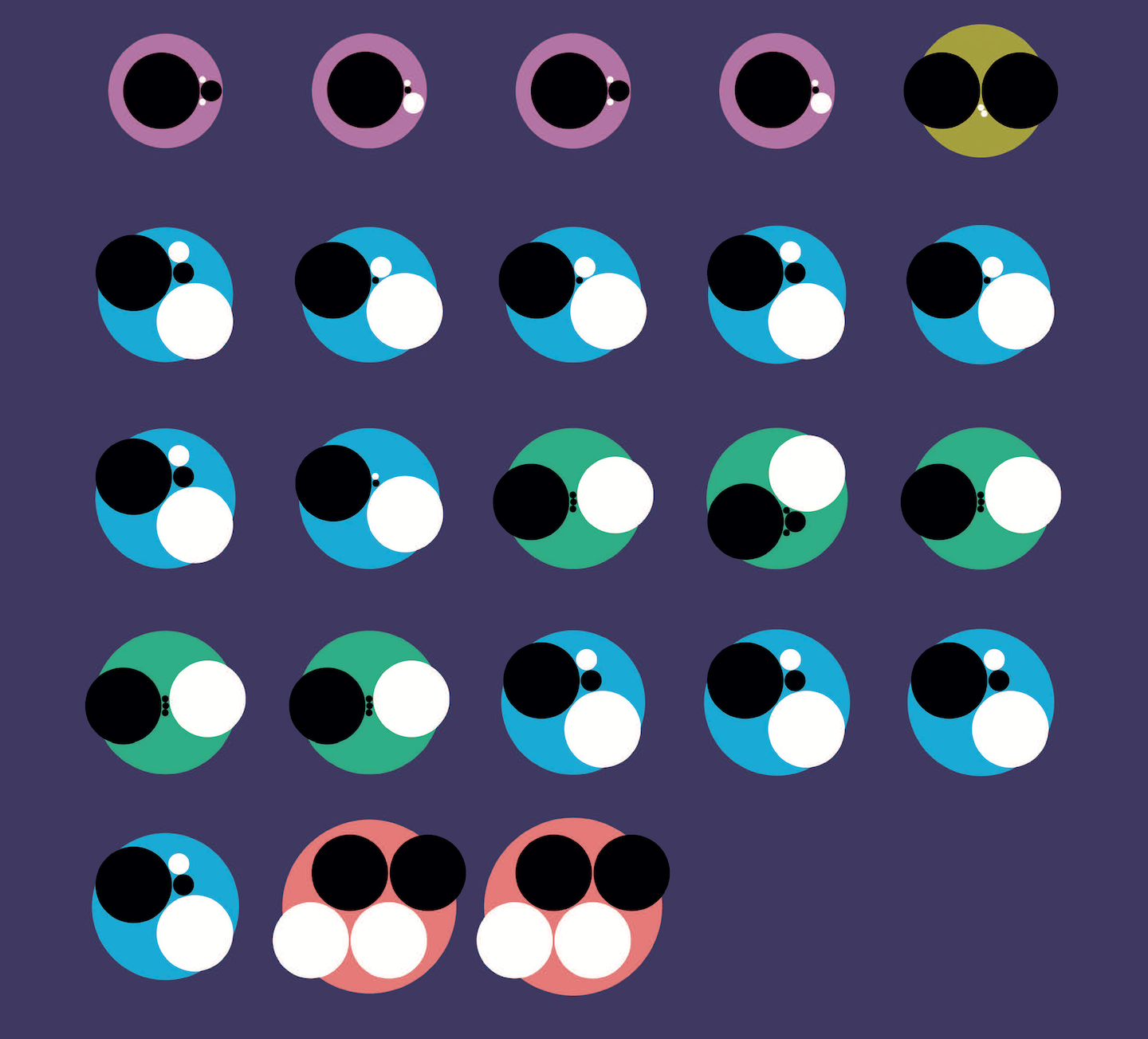
The Large Hadron Collider (LHC) has discovered 76 new particles so far. In addition to discovering the unique Higgs boson, the world’s largest and most powerful particle accelerator has found 52 new hadrons made up of two or three elementary particles called quarks and a bestiary of 23 oddities which confound easy explanation. These exotic hadrons appear to be composed of four or five quarks, but how they stick together is a subject of hot debate.
The November/December 2024 edition of CERN Courier attacks the question on two fronts.
As experimental particle physicists from CERN’s LHCb experiment, Patrick Koppenburg of Nikhef and Marco Pappagallo of INFN and the University of Bari approach the question as a detective story – an experimentally driven quest to understand the exotic offspring of one of the fundamental forces of nature.
Meanwhile, theorists Marek Karliner of Tel Aviv University and Jonathan L. Rosner of the University of Chicago offer piercing insights into the quantum anatomy of exotic hadrons, revealing them to behave at times like molecules, at times as novel compact states, and at times as both simultaneously – with much still to be discovered.
Find out more in the two CERN Courier articles here and here.
